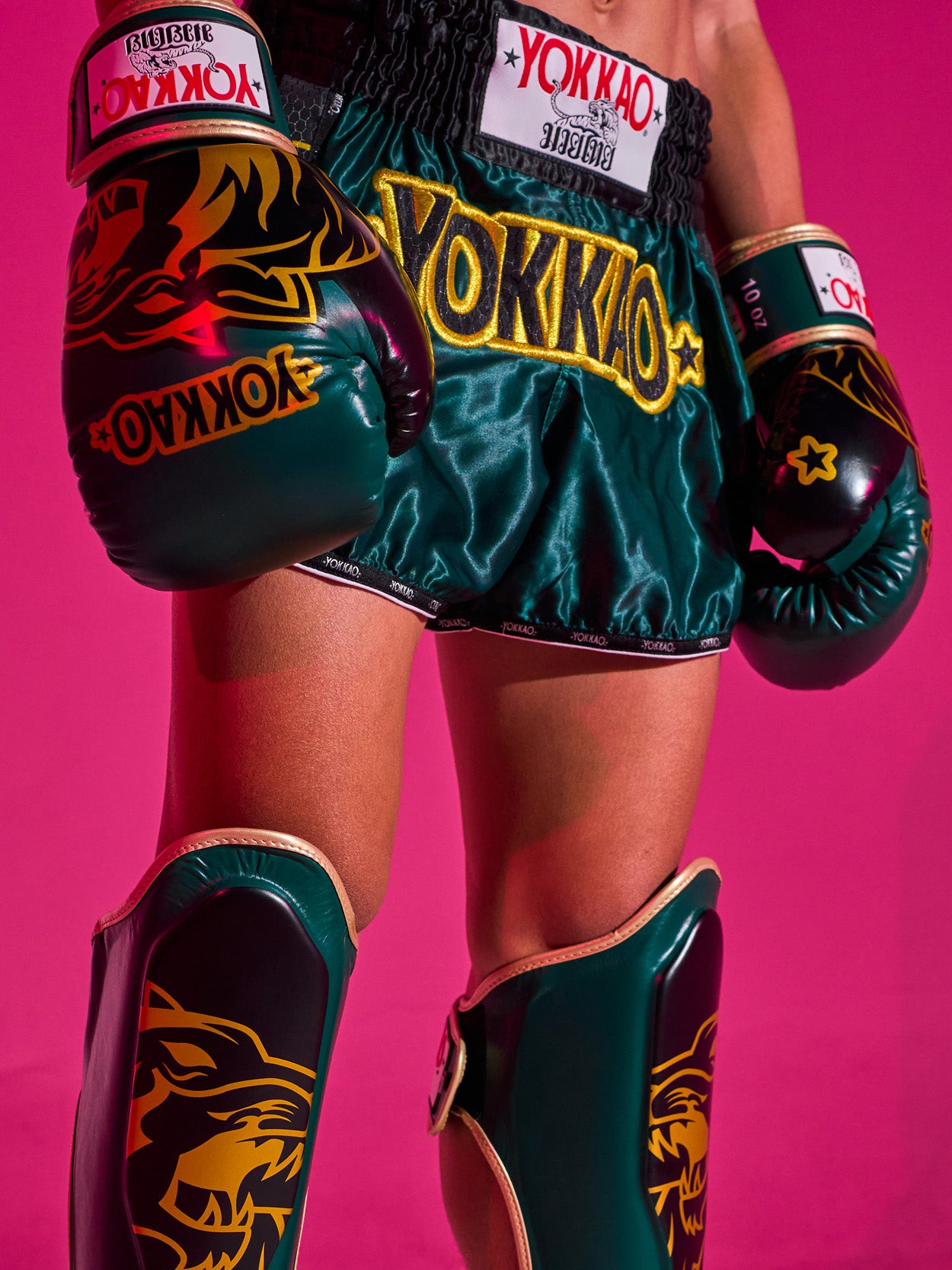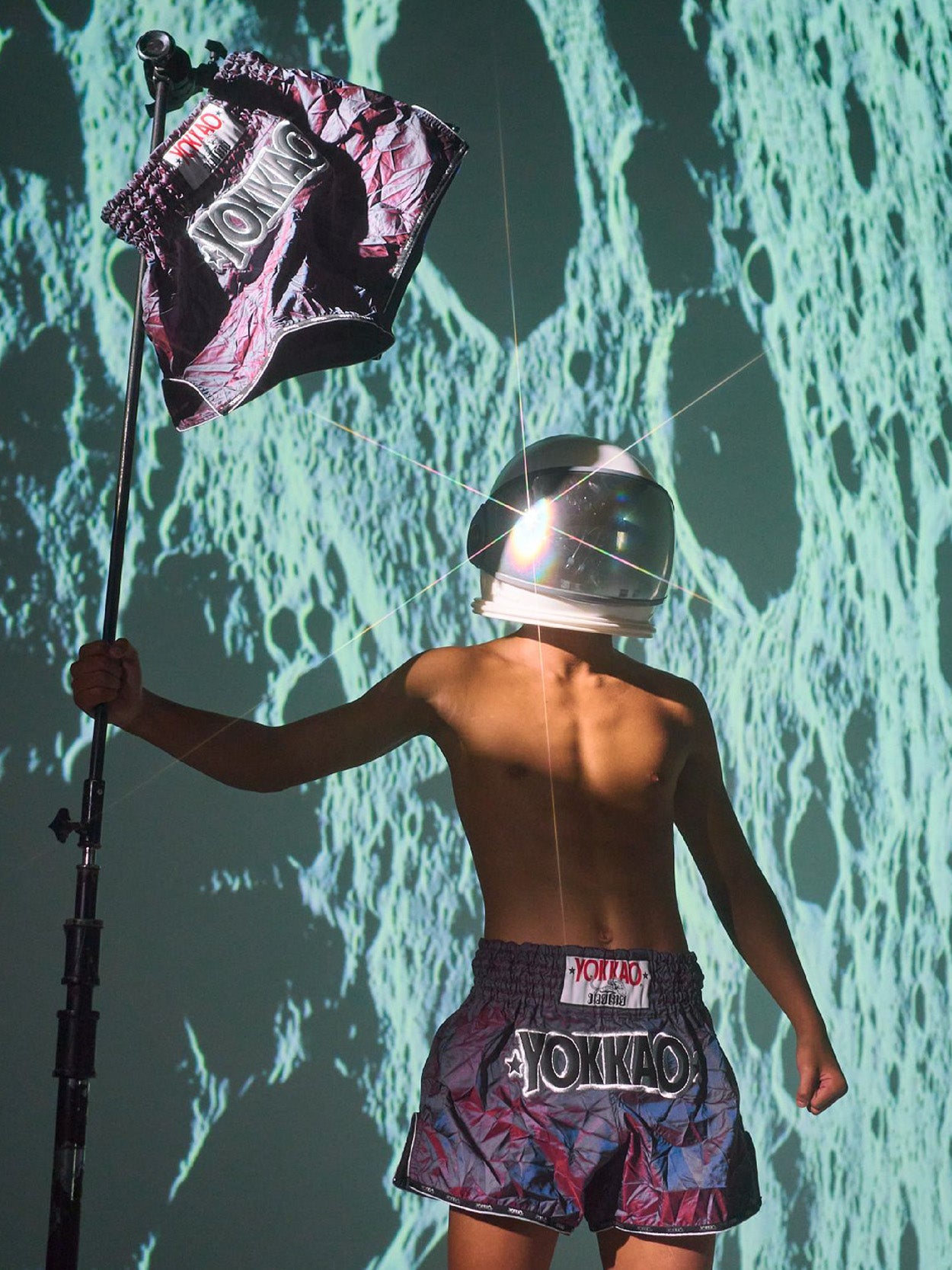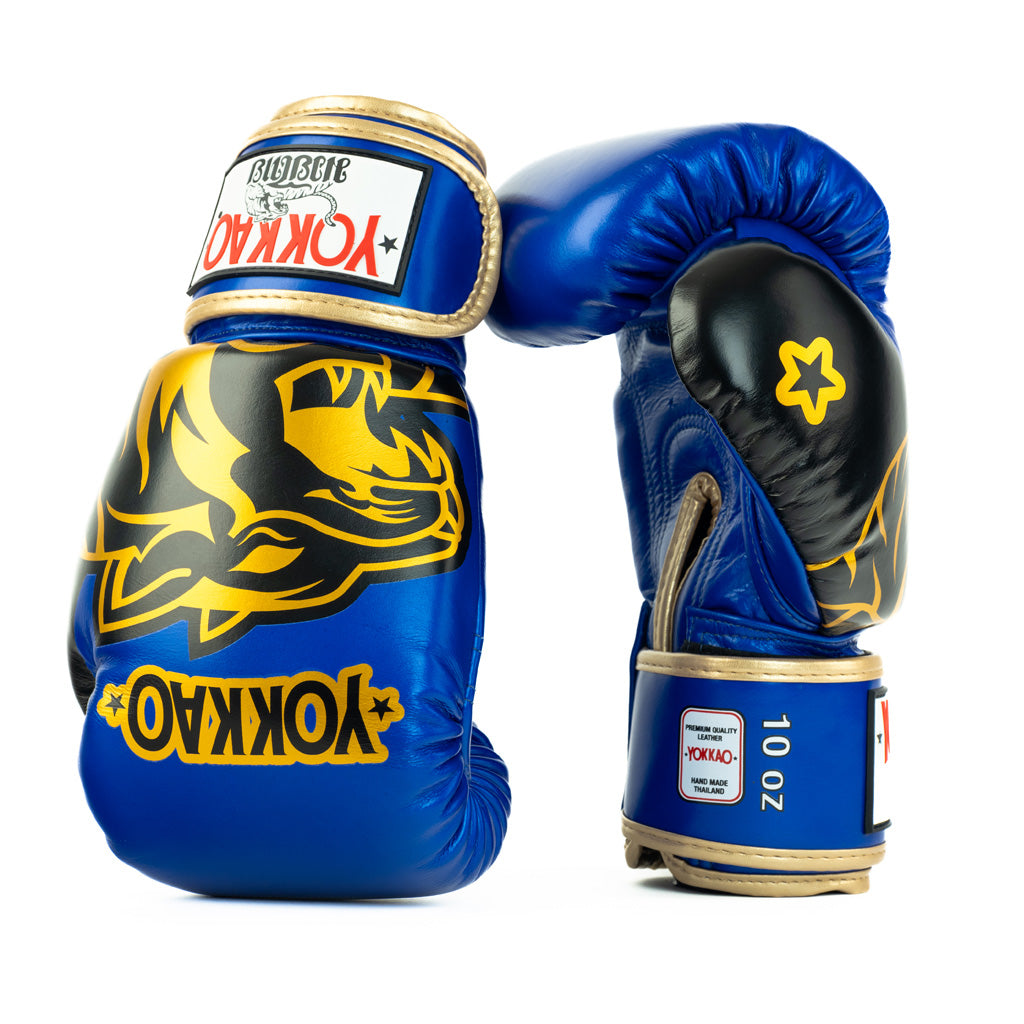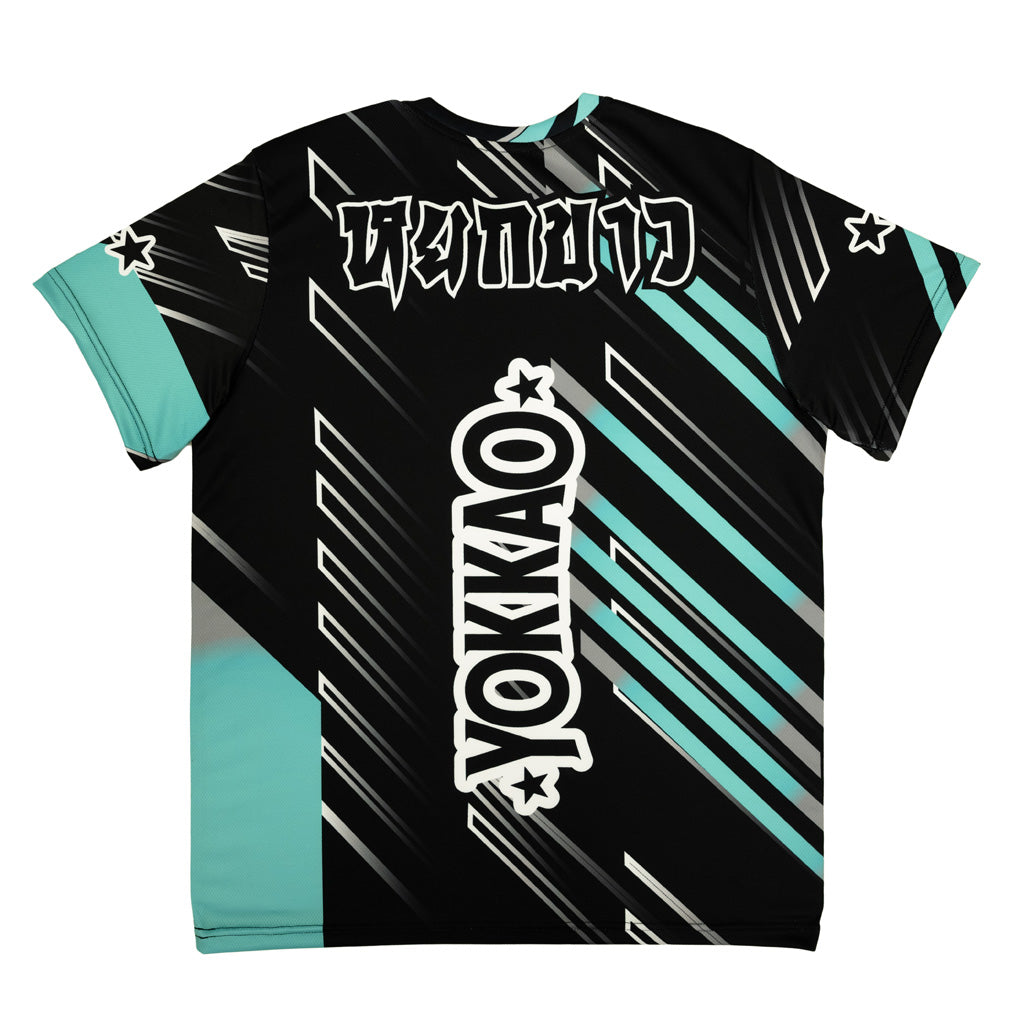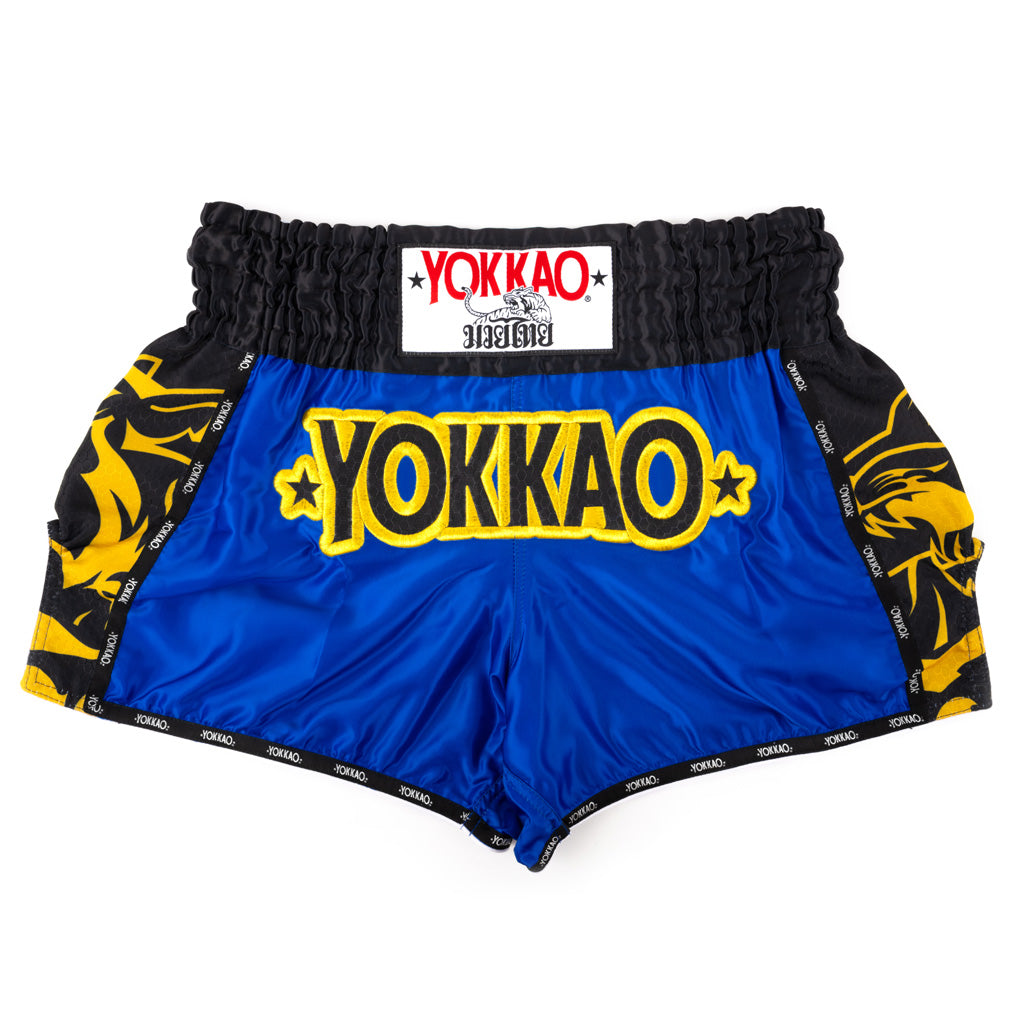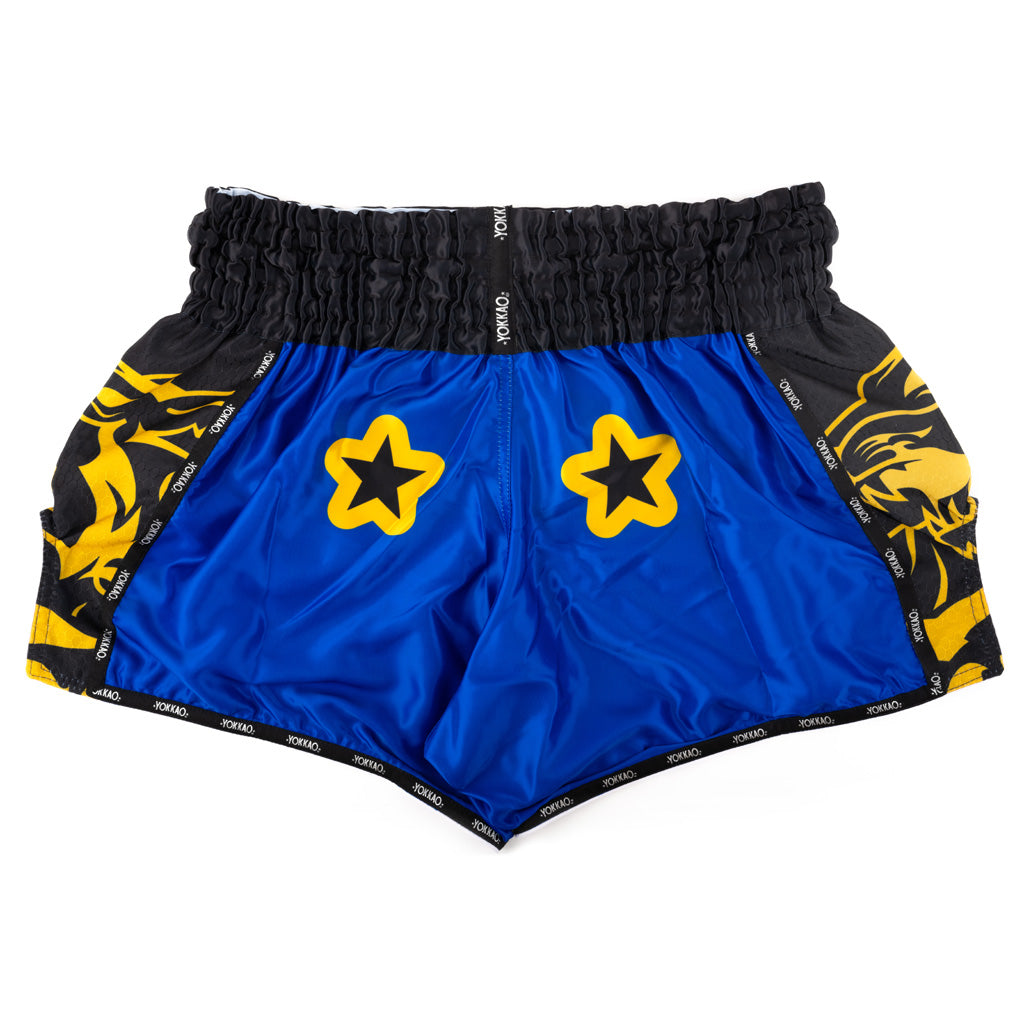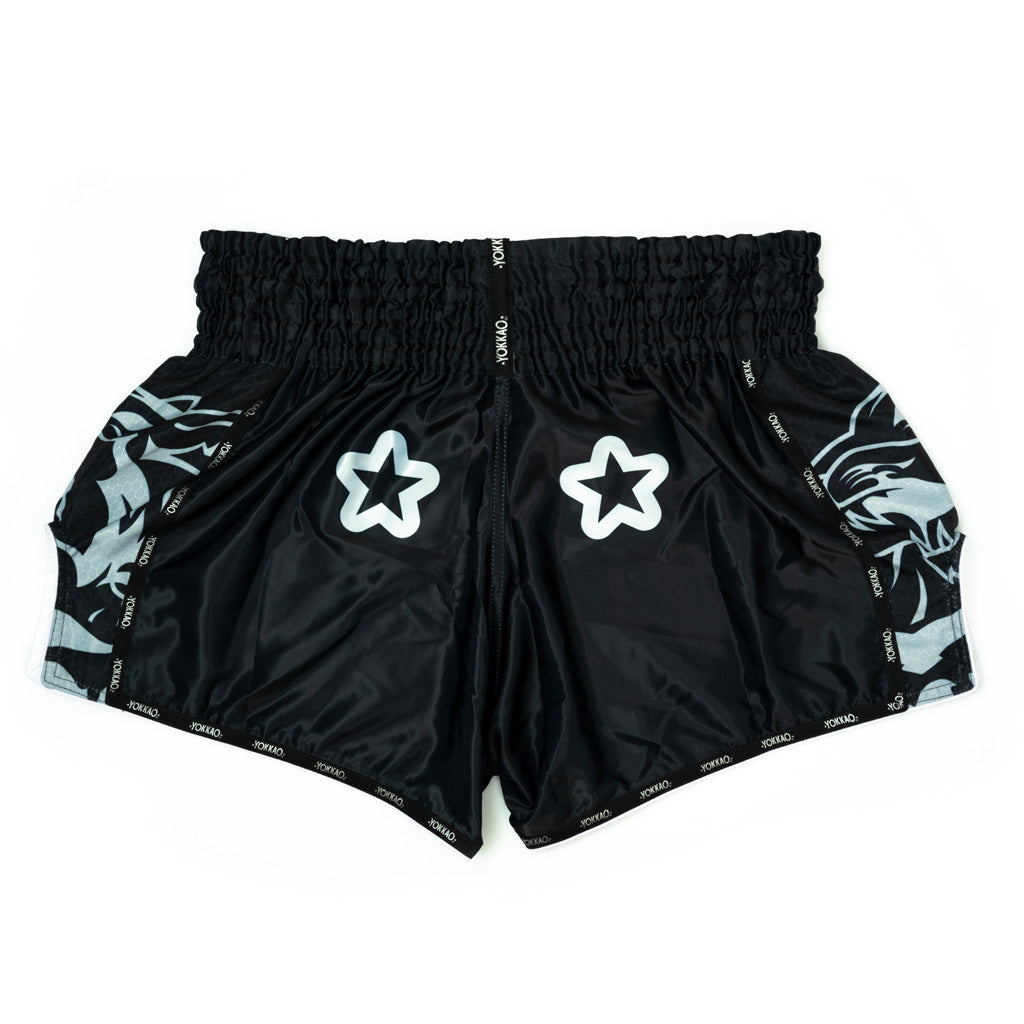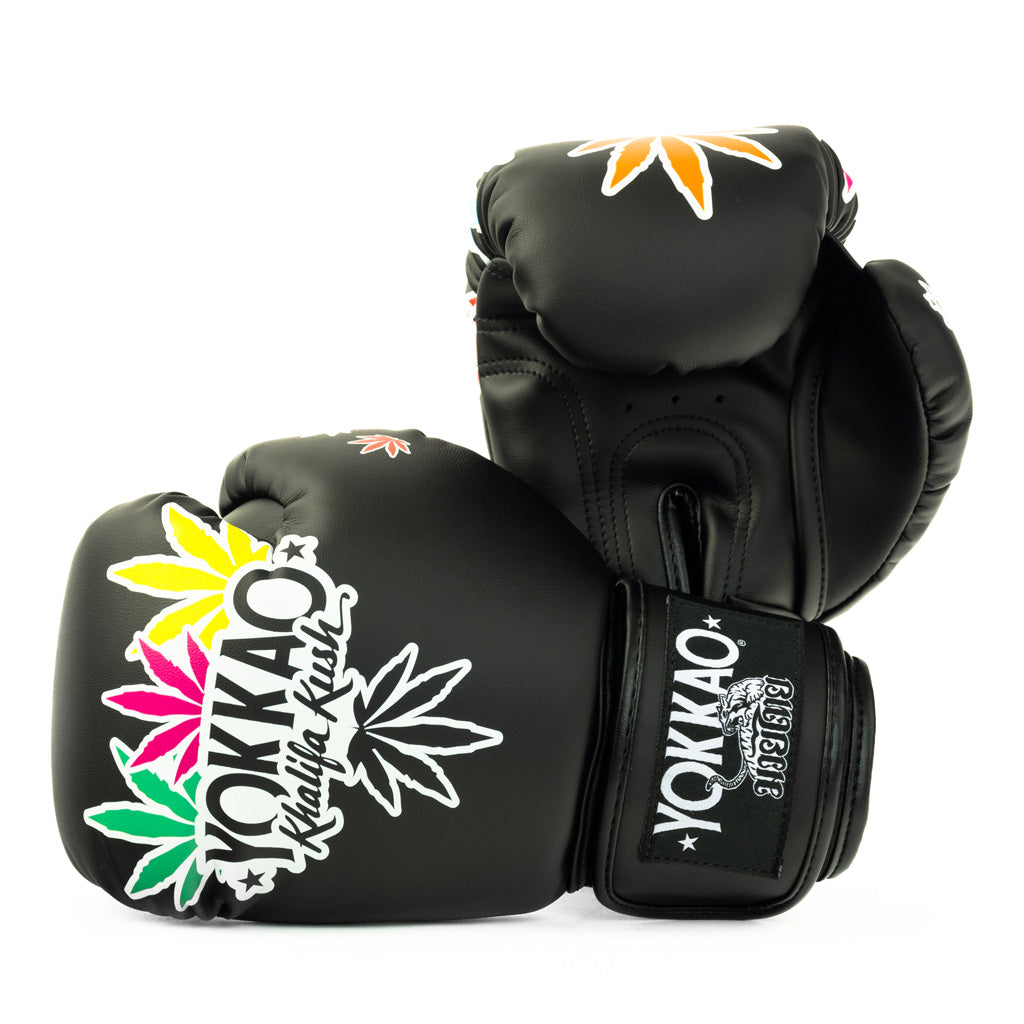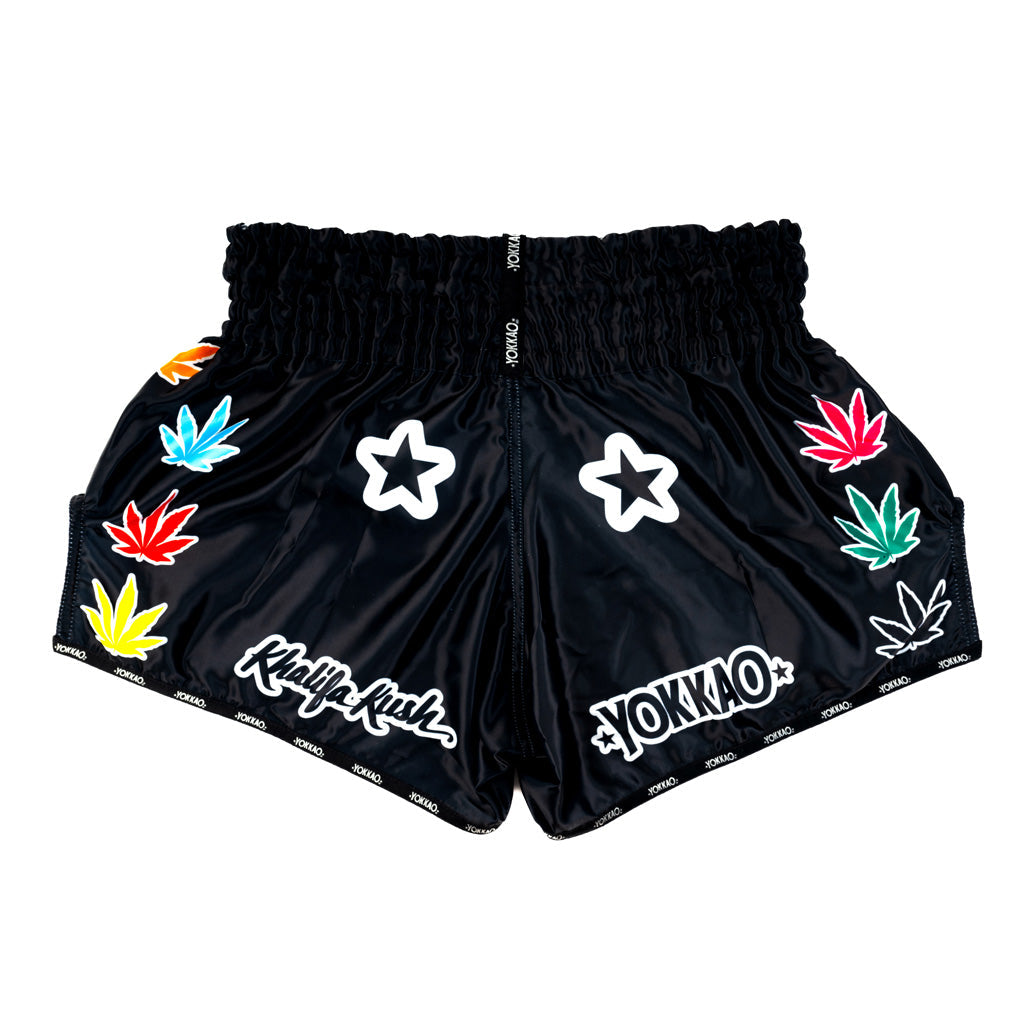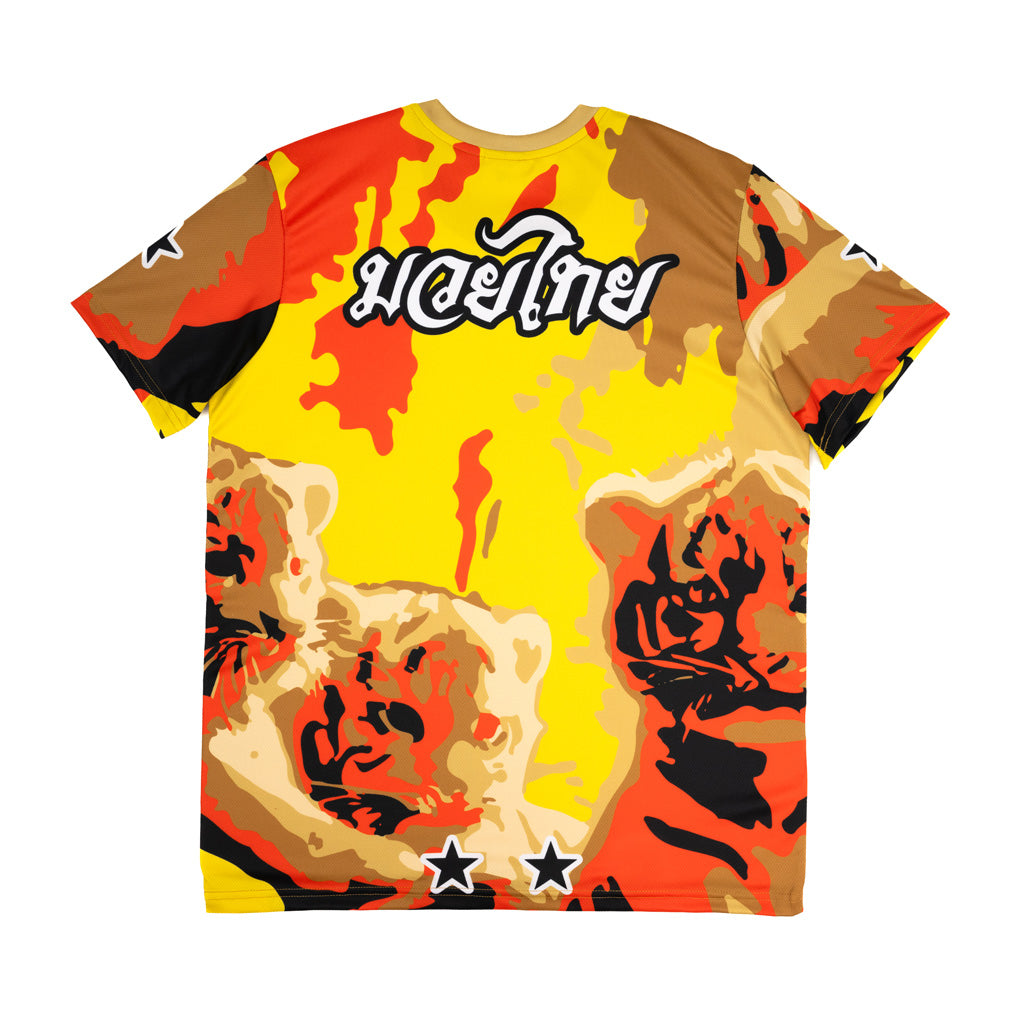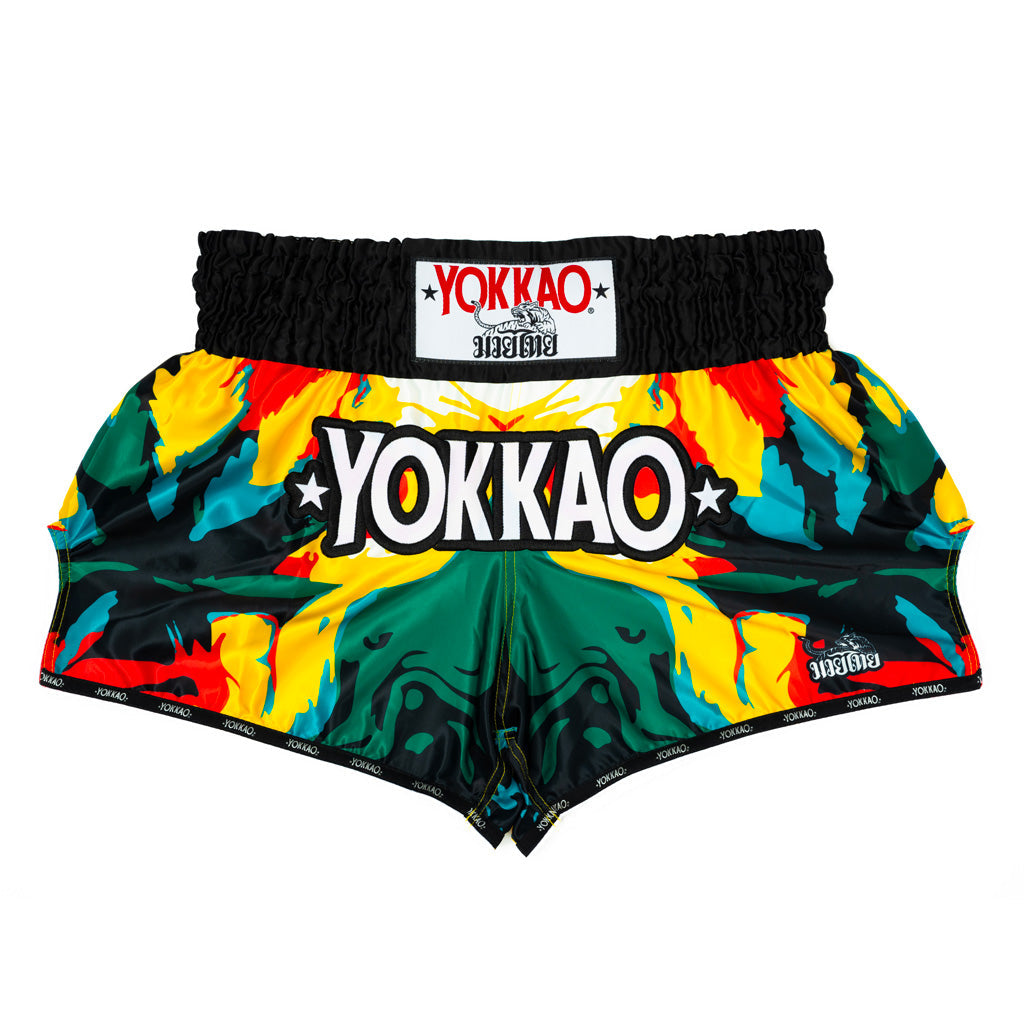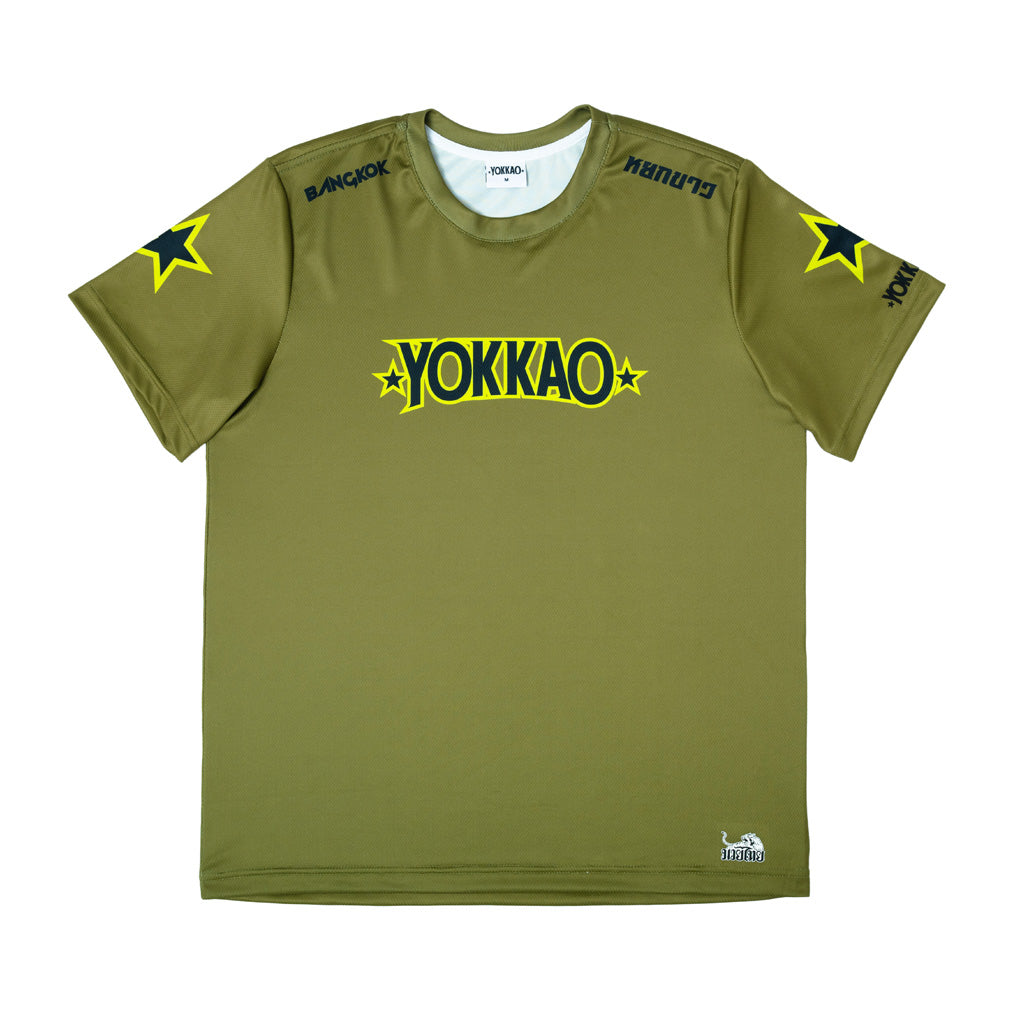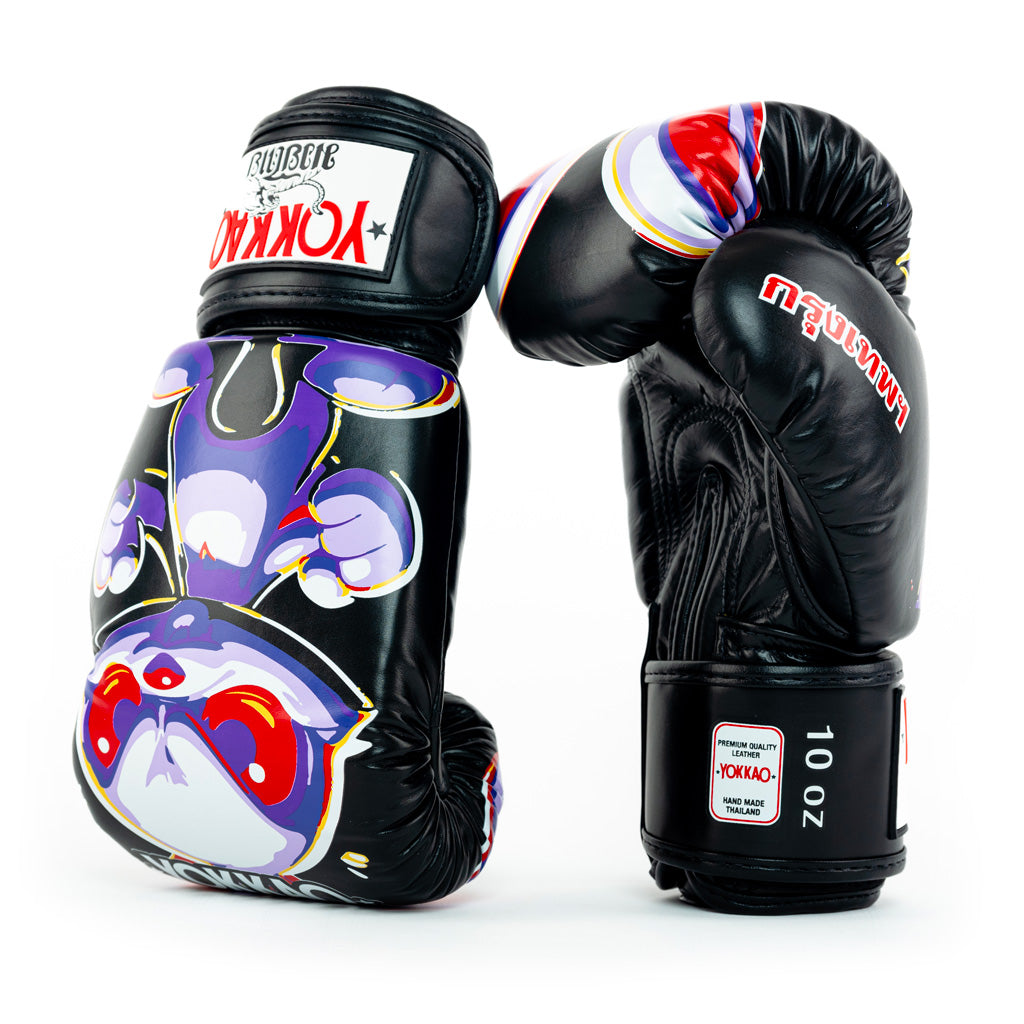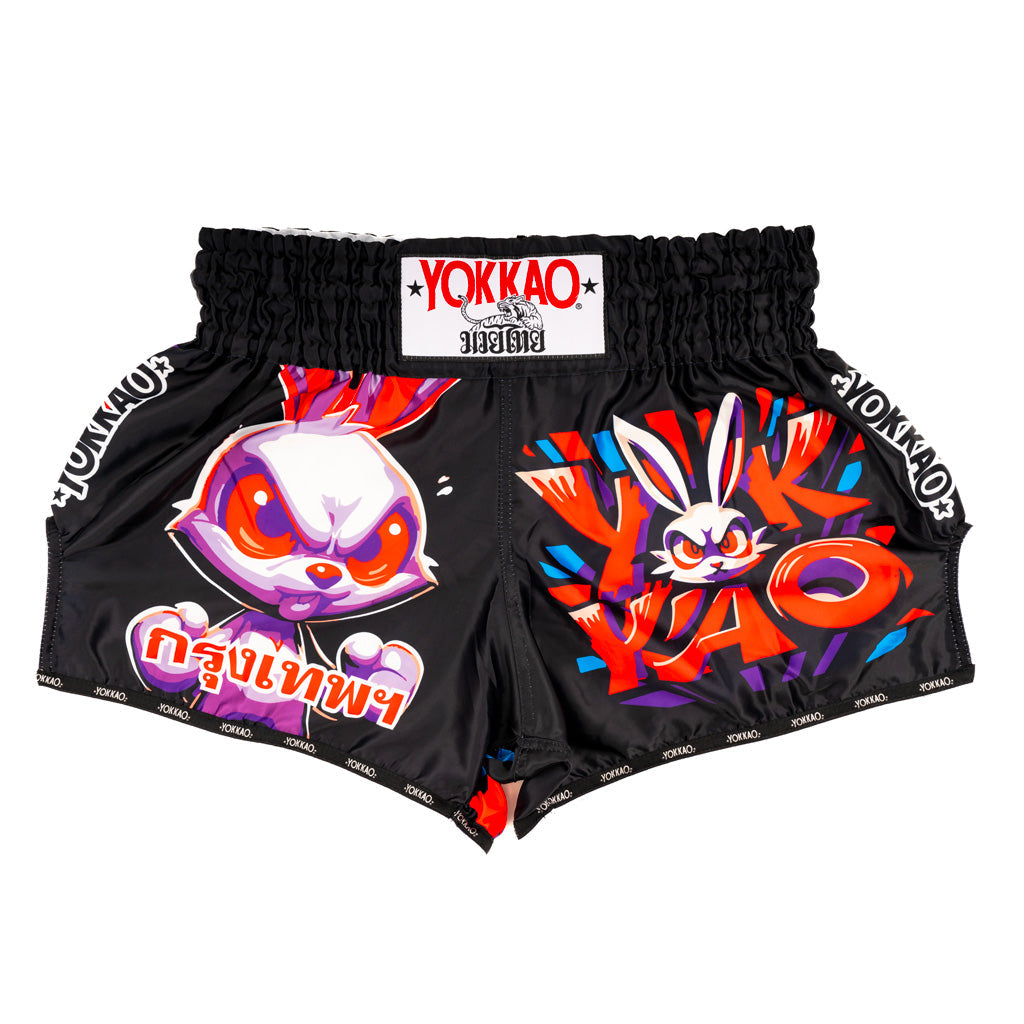Everything to know about National Muay Thai Day

Muay Thai is a national heritage and the national sport of Thailand. It has been widely practiced and competed around the world since the last century. Muay Thai is well-known for its high-octane action and intensity, but the Thai martial art also has a long history and rich traditions which add to its charm.
Muay Thai is celebrated most notably on two occasions which falls on 6th February and 17th March every year. The former is known as National Muay Thai day and is celebrated by Muay Thai practitioners to commemorate King Sanphet VIII’s coronation day back in 1702. Also known as “Tiger King” (Thai: Phra Chao Suea), King Sanphet was himself a Muay Thai fighter and promoted the Thai martial art as a sport to keep his soldiers fit. Muay Thai was largely used on the battlefields but King Sanphet’s reign was a period of peace. These were some of the earliest Muay Thai competitions which became a national pastime and were held in villages around the country.
It is interesting to note that the February 6 Muay Thai day was declared only in 2011 by Thailand’ Office of National Cultural Commission and backed by the International Federation of Muay Thai Amateur (IFMA).
Nai Khanom Tom Day

March 17th marks the celebration for another National Muay Thai Day with a longer history. It is also referred to as Nai Khanom Tom Day as it honors Nai Khanom Tom, an 18th century hero many regard as the “Father of Muay Thai”.
The Burmese-Siamese war took place multiple times during the late 18th century. In 1767, the Burmese army was able to capture many prisoners during one of the sieges in Ayutthaya, capital of the Siamese kingdom. One of the prisoners was Nai Khanom Tom.
In celebration of the victory over Siam, the Burmese King of the time held a celebration that included a martial art tournament between Burmese fighters and the captured Siamese prisoners. Nai Khanom Tom was selected for the tournament.
With the Burmese King watching over the tournament, Nai Khanom Tom began to perform a dance with mesmerizing moves that many today would recognize as the Wai Kru. When the fight commenced, the Siamese martial artist would end it swiftly by knocking out his opponent with exceptional Muay Thai skills. The Burmese King ordered another fighter to step in but who faced the same result. Legend has it that Nai Khanom Tom defeated 10 Burmese fighters that day, one after another. Impressed by Nai Khanom Tom’s skills and finesse, the king remarked that “every part of the Siamese is blessed with venom” and offered freedom for the Siamese champion to return home.
The festival is renowned for its massive Wai Kru ceremony with hundreds of Muay Thai practitioners showing up in Ayutthaya to pay respects to Nai Khanom Tom, their martial art teachers and the sport with the Muay Thai Wai Kru dance. Muay Boran demonstrations and Muay Thai competitions are also held on this day as part of the celebration.
Muay Thai is truly a fascinating martial art with many layers to it. To fully appreciate it, train hard and enjoy the sport but also remember to embrace the traditions and honor the teachers and fighters that come before us.






